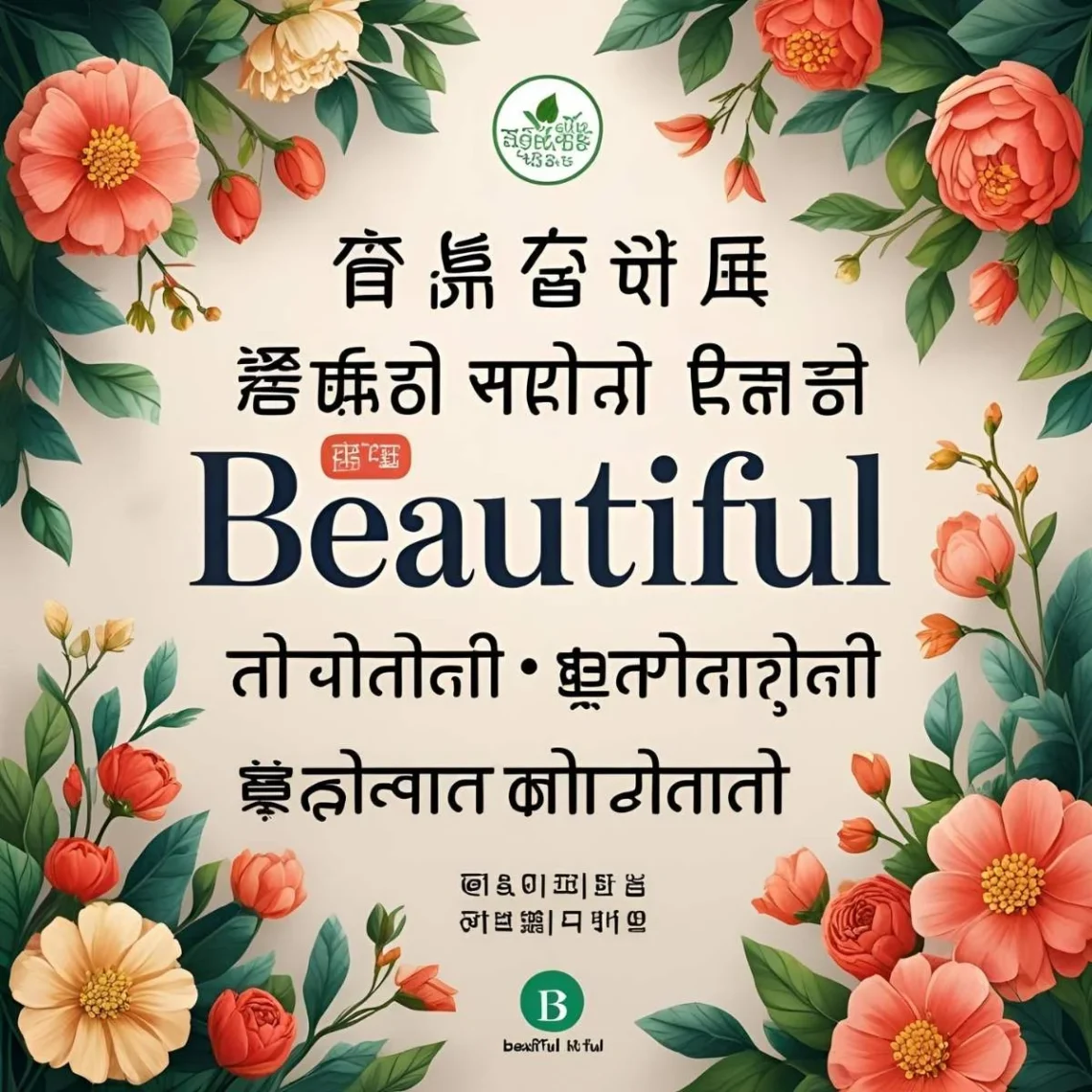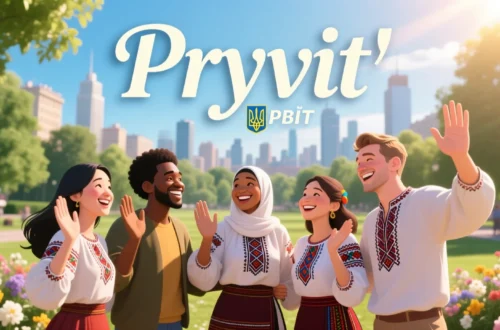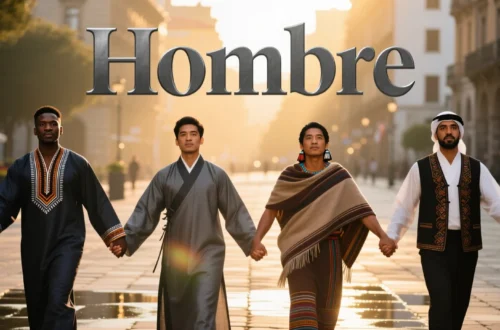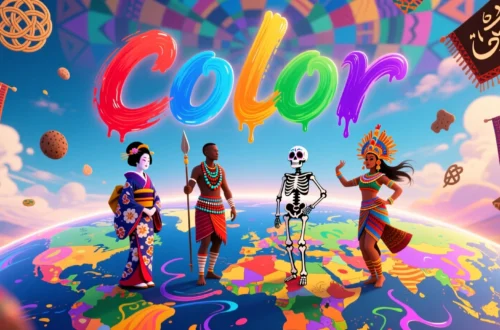Picture a sunset over a Moroccan desert, where a local guide whispers “jameel” to describe its breathtaking glow. The word “beautiful” captures a universal awe, yet it transforms across languages, carrying the unique spirit of each culture.
Whether it’s “hermosa” in a lively Madrid plaza or “utsukushii” in a serene Kyoto garden, this term reflects humanity’s shared admiration for beauty, shaped by diverse traditions.
Let’s embark on a global journey to explore how people express “beautiful” and what these words reveal about their cultural lens.
Reference Table: “Beautiful” in Different Languages
| Language | Word/Phrase | Cultural/Linguistic Insight |
|---|---|---|
| French | Beau/Belle | Gendered terms, with “belle” for feminine beauty, used poetically. |
| Spanish | Hermoso/Hermosa | Gendered, meaning “lovely,” often used for people and nature. |
| Italian | Bello/Bella | Gendered, conveys aesthetic or emotional beauty, widely used. |
| German | Schön | A versatile term for beauty, used for art, nature, and people. |
| Mandarin | Měi (美) | Means “beautiful” or “good,” tied to harmony and aesthetics. |
| Hindi | Sundar | Evokes natural and inner beauty, common in poetry and compliments. |
| Japanese | Utsukushii (美しい) | Emphasizes refined, serene beauty, often tied to nature. |
| Korean | Areumdaun (아름다운) | Means “lovely,” used for aesthetic and emotional beauty. |
| Arabic | Jameel (جميل) | Means “beautiful,” used across 20+ countries for people and art. |
| Swahili | Mzuri | Means “good” or “beautiful,” used for people, places, and deeds. |
| Zulu | Muhle | A warm term for beauty, often used in South African compliments. |
| Yoruba | Rẹwà | Means “beautiful,” tied to inner and outer allure in Nigeria. |
| Maori | Ātaahua | Emphasizes natural and spiritual beauty in New Zealand. |
| Hawaiian | Nani | Means “beautiful,” linked to the aloha spirit and nature. |
| Cherokee | Ulisvhi | Conveys beauty with a sense of harmony, used in Native communities. |
European Languages: Beauty in Poetry and Passion
European languages weave “beautiful” with cultural flair. For instance, in French, “beau” (masculine) and “belle” (feminine) are used for people, art, or scenery, reflecting France’s poetic tradition. A Parisian might call a painting “belle” with reverence. Meanwhile, Spanish uses “hermoso” (masculine) or “hermosa” (feminine), meaning “lovely,” often for vibrant landscapes or loved ones in Spain or Latin America. Additionally, Italian’s “bello” or “bella” conveys aesthetic or emotional beauty, heard in Rome’s piazzas to praise art or a smile. In German, “schön” is versatile, describing anything from a forest to a melody, aligning with Germany’s appreciation for order and aesthetics. Thus, these terms blend passion and precision, reflecting Europe’s diverse expressions of beauty.
Asian Languages: Harmony in Aesthetic Expression
Asia’s linguistic diversity shapes unique terms for “beautiful,” often tied to harmony. For example, in Mandarin, “měi” (beautiful) reflects China’s focus on balance, used for art, nature, or people. In Hindi, “sundar” evokes natural and inner beauty, often heard in India’s poetic compliments or Bollywood songs. Similarly, Japanese’s “utsukushii” emphasizes serene, refined beauty, like a cherry blossom in Kyoto. In Korean, “areumdaun” (lovely) conveys aesthetic and emotional depth, popular in Seoul’s vibrant culture. Finally, Arabic’s “jameel,” used across over 20 countries like Egypt and Saudi Arabia, carries poetic weight, often praising people or art. These terms highlight Asia’s range, from tranquil Japanese expressions to passionate Arabic and Hindi declarations.
African Languages: Beauty in Community and Spirit
African languages tie “beautiful” to community and positivity. For instance, Swahili, spoken in over 20 countries like Kenya and Tanzania, uses “mzuri” (good or beautiful) for people, places, or kind acts, reflecting inclusivity. In Zulu, “muhle” is a warm compliment in South Africa, often shared with pride. Similarly, Yoruba’s “rẹwà” in Nigeria emphasizes inner and outer allure, used in markets or celebrations. These terms, spoken across diverse African settings, convey admiration and joy, often tied to communal values and shared appreciation.
Indigenous & Island Languages: Beauty in Nature and Connection
Indigenous and island languages express “beautiful” with simplicity and spirituality. For example, Maori in New Zealand uses “ātaahua,” highlighting natural and spiritual beauty, like a sacred mountain. In Hawaiian, “nani” (beautiful) reflects the aloha spirit, used for landscapes or people. Similarly, Cherokee’s “ulisvhi” conveys beauty with harmony, used in Native American communities to praise a serene moment. In Samoan, “matagofie” emphasizes aesthetic charm, often in communal settings. Across these cultures, from New Zealand to the Pacific, “beautiful” ties to nature and connection, celebrated in rituals and gatherings.
Cultural Insights: The Evolution of Beauty’s Words
Words for “beautiful” have evolved with cultural values. For instance, Latin’s “bellus” (1st century BCE) influenced Romance languages like French and Italian, tying beauty to charm. In Arabic, “jameel” traces to medieval poetry, shaping its use across the Middle East. Moreover, in African languages like Swahili, “mzuri” reflects trade-era values of goodness and beauty. In Asia, terms like “měi” and “utsukushii” align with philosophies of harmony, from Confucianism to Zen. These words carry histories of art, spirituality, and cultural exchange, uniting humanity’s admiration for beauty across time.
Proverbs and Sayings: Wisdom of Beauty
- French: “La beauté est dans les yeux de celui qui regarde.” (Beauty is in the eyes of the beholder.) – Emphasizes subjective beauty.
- Hindi: “Sundarta dil se dekhi jati hai.” (Beauty is seen with the heart.) – Highlights inner beauty.
- Swahili: “Mzuri ni moyo, si sura.” (Beauty is in the heart, not the face.) – Values character over appearance.
- Japanese: “Utsukushii mono wa eien ni nokoru.” (Beautiful things remain eternal.) – Ties beauty to timelessness.
- Yoruba: “Rẹwà ni ohun ti o wu eniyan.” (Beauty is what pleases people.) – Reflects subjective appreciation.
FAQs
Why do some words for “beautiful” sound similar?
Shared linguistic roots (e.g., Latin’s “bellus” in Romance languages) and cultural exchanges (e.g., Arabic’s “jameel” in Swahili) create similarities.
What’s the oldest term for “beautiful”?
Latin’s “bellus” (circa 1st century BCE) is among the earliest, influencing modern European terms.
How do cultures shape the term’s use?
Collectivist cultures (e.g., African, Indigenous) tie beauty to community and spirit, while individualistic cultures (e.g., European) focus on aesthetics.
Conclusion
From “hermosa” in Spain to “mzuri” in Tanzania, the word for “beautiful” weaves a global tapestry of admiration and connection. Each term, whether the serene “utsukushii” in Japanese or the warm “ātaahua” in Maori, reflects cultural values while celebrating humanity’s shared awe for beauty. Consequently, these words remind us that beauty, in all its forms, unites people across borders. How do you say “beautiful” in your language, and what inspires you about it? Share your thoughts below—we’re eager to hear your story!






